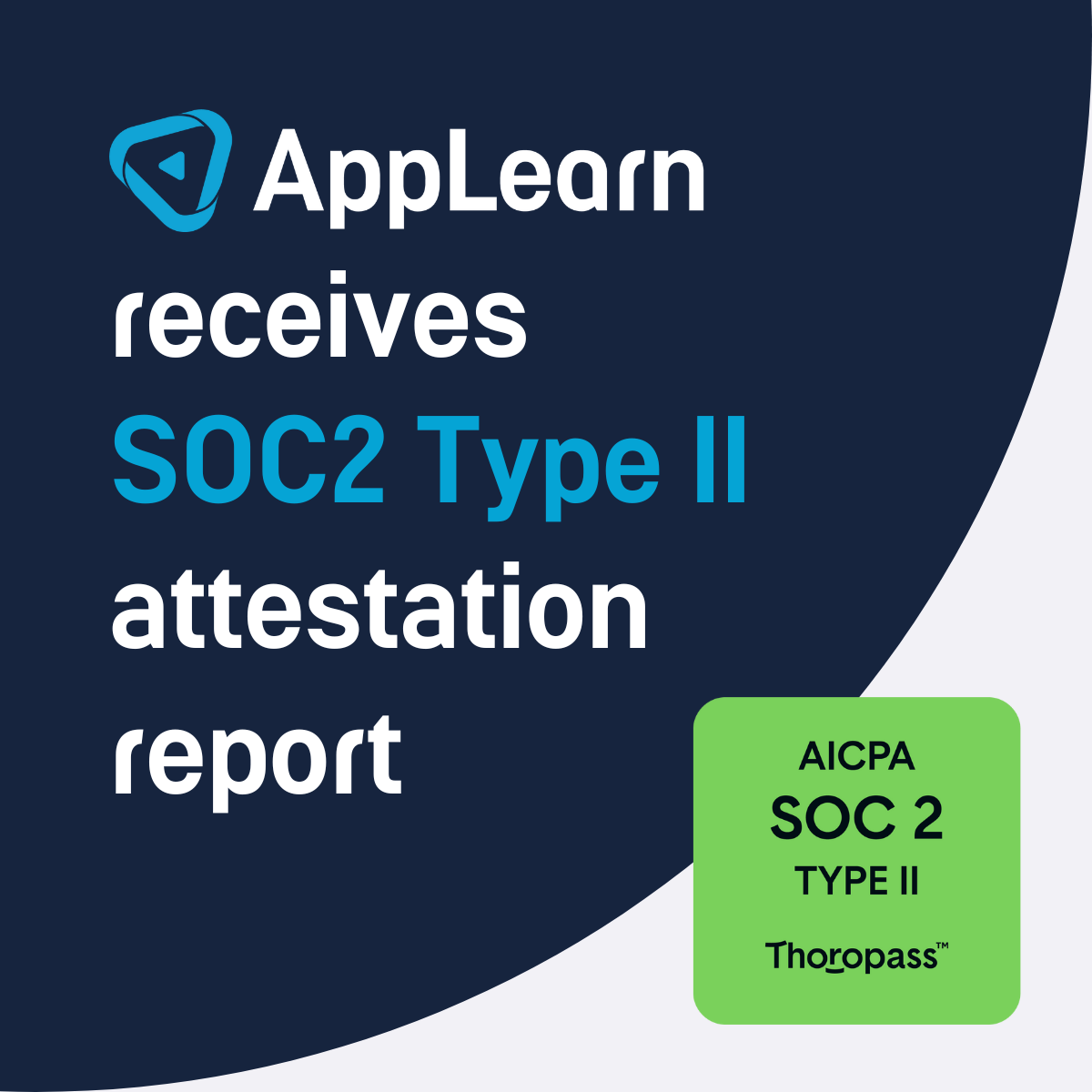News
Lessons From Leaders - How tiered training transformed Prudential
Lessons From Leaders: How tiered training transformed Prudential
In the first of our Adoption Track blogs, we summarize an important lesson about learning made at UNLEASH Paris by Kerri Kovac, VP, Organization Effectiveness at Prudential.
Leading a change transformation program at Prudential, the largest insurance company in the US by asset, was never going to be easy. Especially when you consider the large investment business and other financial products.
Even for Kerri Kovac, a leader with over 20 years of experience in organization effectiveness, an almost 145-year-old business with 50,000 users and 80 different HR systems across 60 countries is about as tangled a knot as you can imagine. Yet, that was her task—to capture and consolidate the above in one global Workday rollout.
During her talk, Kerri notes that Prudential were at one point an intentionally siloed business, at least in terms of digital and customer experience as they had a range of global cultures to consider. But, having fallen around 10 years behind the industry and their competitors in terms of tech, they realized the need for digital transformation.
According to Kerri, they transformed quickly for customers, providing one consistent experience regardless of product. However, their fractured internal systems for HR in particular required a more considered approach.
They realized the need to give employees a better, consistent experience and gave them this through Workday. Yet, while Kerri acknowledges this as ‘a great tool’, she also admits they uncovered that there’s ‘so much more that folks need to learn to use Workday’.
Self-service and technology leading to change may have been the goal of their software change, but this wasn’t the established behavior. Prudential needed to teach their people how to work digitally, and that meant more than in-app guidance. That mean inviting their employees to learn and offering tiered training depending on individual requirements.
“We went out to leaders and presented the business case and the burning platform for the change. We got alignment across the board, took everyone through the process and then, when it came to learning, we made certain there were lots of different options, but the options were primarily self-service.”
While part of a far bigger picture, which Kerri covers in her talk, this considered approach to learning was central to Prudential’s Workday adoption.
Supporting change with different degrees of training
“What we found was very important was to both culturally and contextually provide the right types of learning for those three large user groups: employee, manager and HR.”
In this sentence, Kerri captures the core of Prudential’s challenge. To meet the different needs of a global user base consisting of various roles, they created a blend of light, medium and high touch learning experiences for different user requirements.
One example of this lies in the expectation that employees and managers alike were going to have direct access to self-serve their requirements. While affecting them, it also meant HR needed to direct them towards this, rather than indulge past behaviors. Enabling this required a more interactive learning experience for HR, with ongoing self-serve support. Just dropping in the tool wouldn’t have been a solution.
“We needed to make sure that HR wasn’t only comfortable with how they were going to do their job differently, but also they needed to understand how the managers and employees were going to operate differently.”
Kerri defines the different tiers as follows:
- Light touch training is mainly employee-focused, with self-service and need-to-know guidance in the right places.
- Medium touch training revolves around learning rather than instruction for the people who want to learn about processes and the why behind things.
- High touch training is more traditional, mandatory training for the product leaders and advocates.
Ultimately, Kerri puts the importance of participation and these different ways of learning as a key learning from the change project. But, while considering training was crucial, it was part of a wider mix for Prudential’s digital adoption of Workday.
Watch Kerri’s full talk from UNLEASH World for more insight into how they used AppLearn’s six adoption pillars, invested in user understanding and applied advanced analytics to achieve success.
Article by
Daniel Gripton
Share this article




